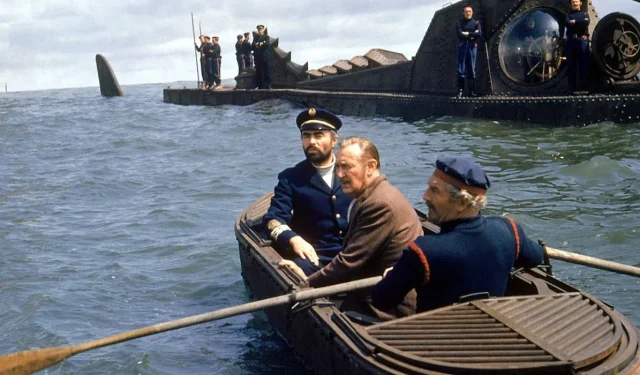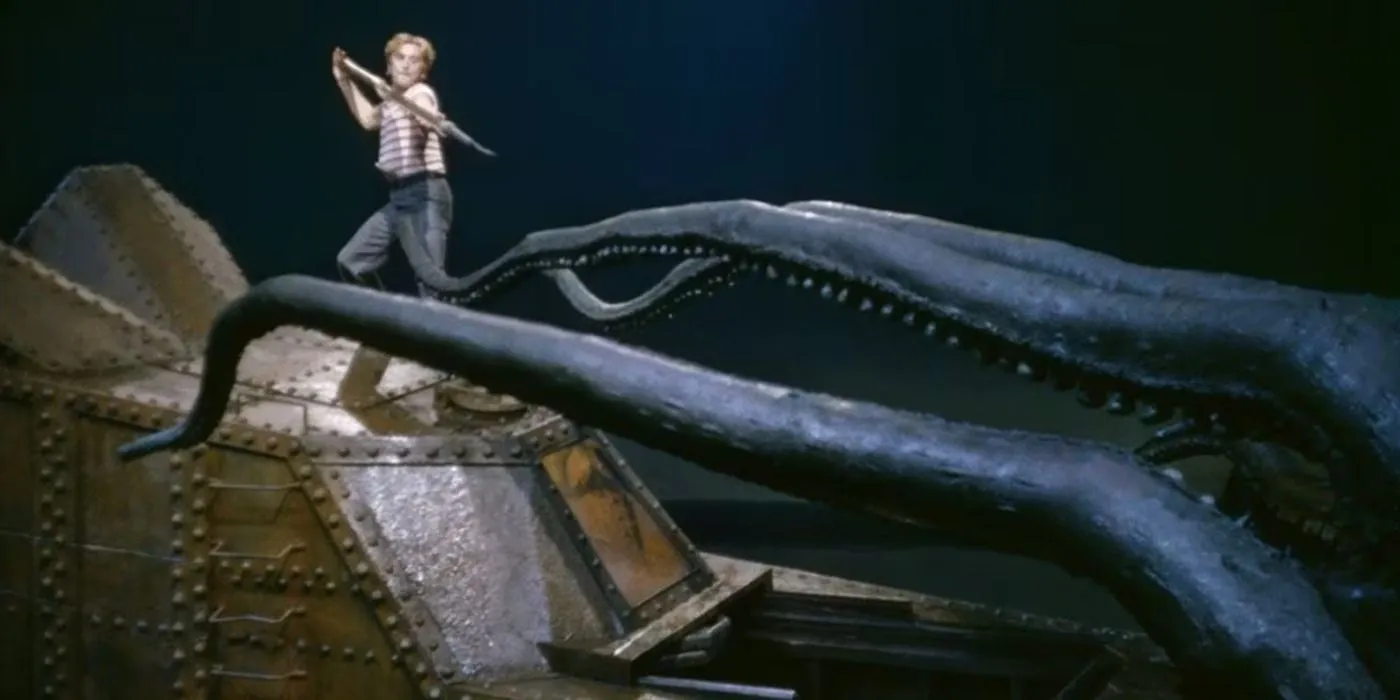
Renowned filmmaker David Fincher has expressed dwindling enthusiasm for his ambitious adaptation of 20,000 Leagues Under the Sea, originally inspired by Jules Verne’s timeless novel. This project aimed to immerse audiences in the thrilling adventures of Captain Nemo and his crew as they confront various undersea foes during their exploration of the ocean’s mysterious depths. Fincher, celebrated for iconic films such as Se7en (1995), Fight Club (1999), and Gone Girl (2014), commands significant respect in the film industry.
Despite his stature, Fincher encountered significant challenges in bringing his vision for 20,000 Leagues Under the Sea to life. After years of development, he recently indicated that the project is unlikely to materialize. In an insightful discussion with Letterboxd about the enduring legacy of Se7en, Fincher shared frustrations regarding delays in production. Initially, he was eager to create this adaptation, but he discovered a fundamental disconnect with Disney’s creative direction, particularly concerning thematic elements and tonal aspirations. Below is an excerpt from Fincher’s candid remarks:
“Look, I really wanted to do Twenty Thousand Leagues Under the Sea because what we had in mind was really kind of gross and cool and wet and steampunk and all that. But I got to do [Love, Death & Robots episode] ‘Bad Travelling’ on Netflix, and that scratched that itch. I was fine just doing that. You can’t make people be excited about the risks that you’re excited about. Disney was in a place where they were saying, ‘We need to know that there’s a thing that we know how to exploit snout to tail, and you’re going to have to check these boxes for us.’ And I was like, ‘You’ve read Jules Verne, right?’ [Laughs] This story about an Indian prince who has real issues with white imperialism, and that’s what we want to do. And they were like, ‘Yeah, yeah, fine. As long as there’s a lot less of that in it.’ So you get to a point where you go, ‘Look, I can’t fudge this, and I don’t want you to discover at the premiere what it is that you’ve financed. It doesn’t make any sense because it’s just going to be pulling teeth for the next two years.’ And I don’t want to do that. I mean, life’s too short. Movies fall apart for a reason, and I try to stay extremely even-keeled about this stuff. I learned from a great friend — and a lovely and talented man — named Joel Schumacher very early on in my career that you can’t want something more than the people who are going to finance it because then they got you. You want to keep your head above the fray.”
Understanding Fincher’s Views on the 20,000 Leagues Project
The Unlikelihood of Film Production

Given the current landscape of filmmaking and Fincher’s statements, it appears highly improbable that his adaptation of 20,000 Leagues Under the Sea will come to fruition. As far back as 2011, Fincher envisioned crafting a sophisticated film utilizing a blend of CGI and practical effects alongside 3D techniques. The foundation for the screenplay had been laid, with actors like Channing Tatum being considered for lead roles, suggesting rapid development. However, as of 2021, the project was effectively shelved. Disney had expressed interest in casting Chris Hemsworth, but stark differences in creative vision led Fincher to ultimately withdraw from the project.
Historically, Disney has already tackled 20,000 Leagues Under the Sea, adapting it into a classic film in 1954. However, Fincher’s proposed retelling promised to deliver a refreshing examination of Verne’s story, particularly through the lens of the Indian prince’s narrative—a perspective often overlooked in prior adaptations. This unique focus had the potential to distinguish his version, presenting it as a significant cinematic event. Sadly, without execution, this project has yet again become another lost opportunity for the epic storytelling Fincher intended to deliver.
Reflections on the Canceled Adaptation
The Decision to Abandon the Project

When the vision of a director clashes with a studio’s requirements, disastrous outcomes can ensue. Had Fincher pursued his original direction, it is plausible that Disney’s dissatisfaction with the end result could have led to costly re-shoots, creating budget overruns. Furthermore, extensive studio interference might have left Fincher feeling compromised. Ultimately, the decision to abandon the project was prudent, sparing both parties the potential conflicts and frustrations that could have arisen during production. With Disney retaining ownership of the 20,000 Leagues Under the Sea franchise, it seems that Fincher’s artistic ambition will remain unrealized.
Source: Letterboxd




Leave a Reply